When Silence Has a Pulse
Mariam Akubardia builds images like rooms you half-remember from sleep.
Her canvases and installations are weathered surfaces where memory and loss seep through color.
Mariam Akubardia’s images keep their distance yet hold you close, asking what still lives in the dark.
She works slowly, letting scenes blur and scrape back until they hold both event and echo.
What results isn’t documentation but atmosphere: you don’t see a burnt kindergarten; you feel the temperature it leaves behind.
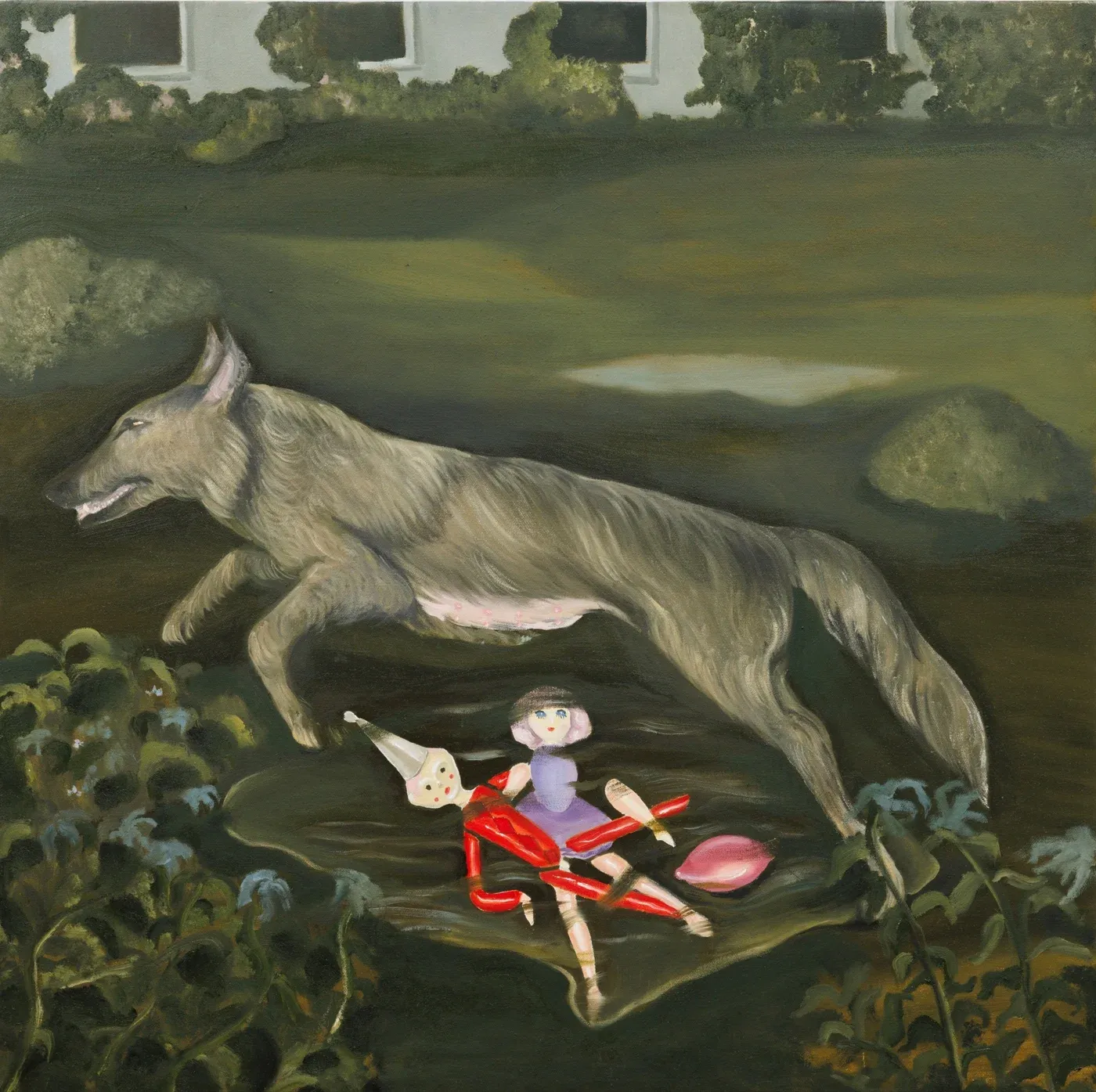
Wolves, Windows, and Star-Pricked Cloth
Windows recur as devices of witness. They frame space, fix scale, and slow narrative time.
A second figure lifts a black cloth dotted with stars, a simple action that connects domestic care to cosmic scale.
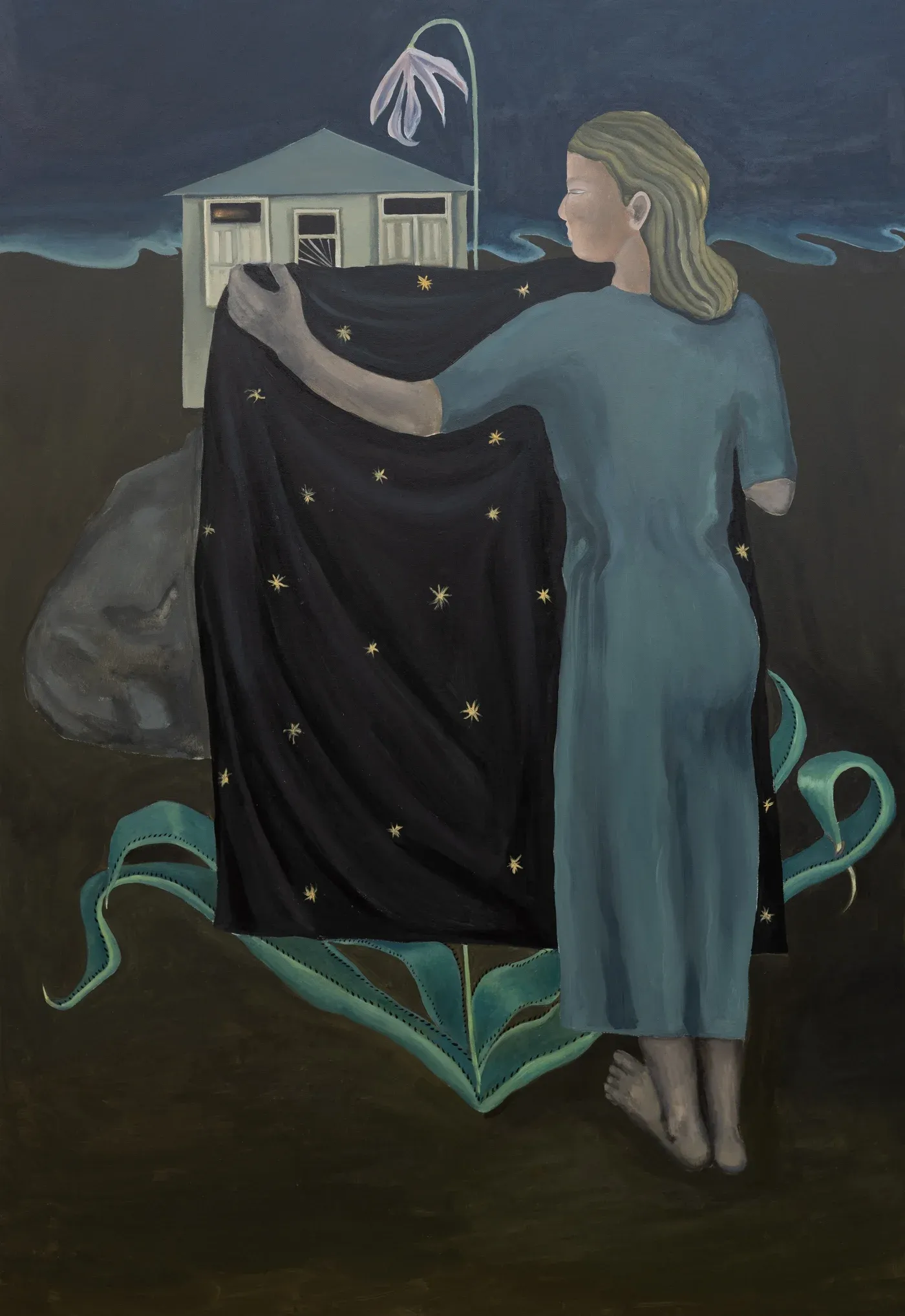
Across works, small props carry the charge: cloth, dolls, lilies, panes of light.
The choices are specific, not decorative. They calibrate mood and keep the story legible without spelling it out.
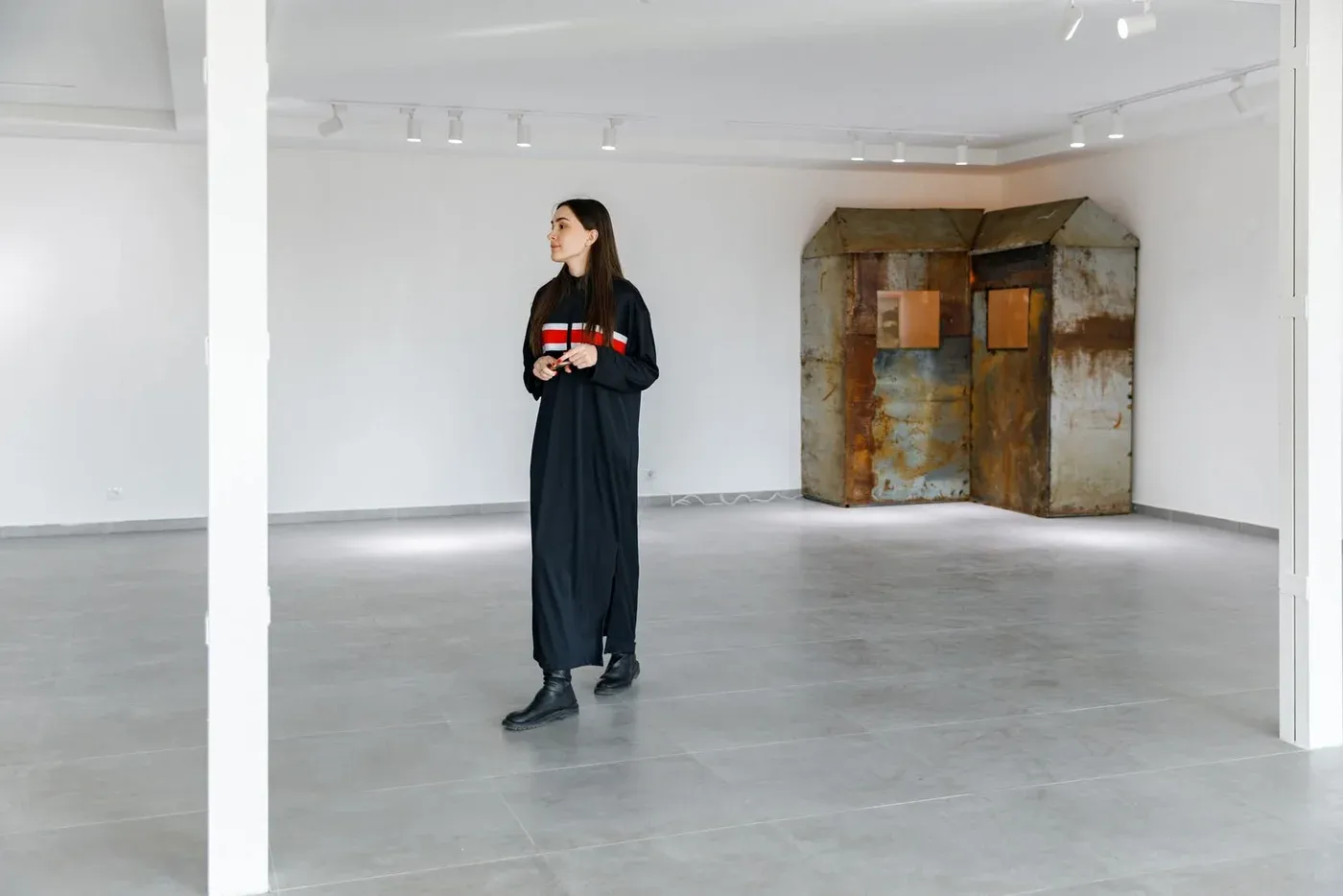
Architecture That Refuses to Collapse
A key installation presents two rusted hut-forms joined at a corner, their interiors lit a controlled amber.
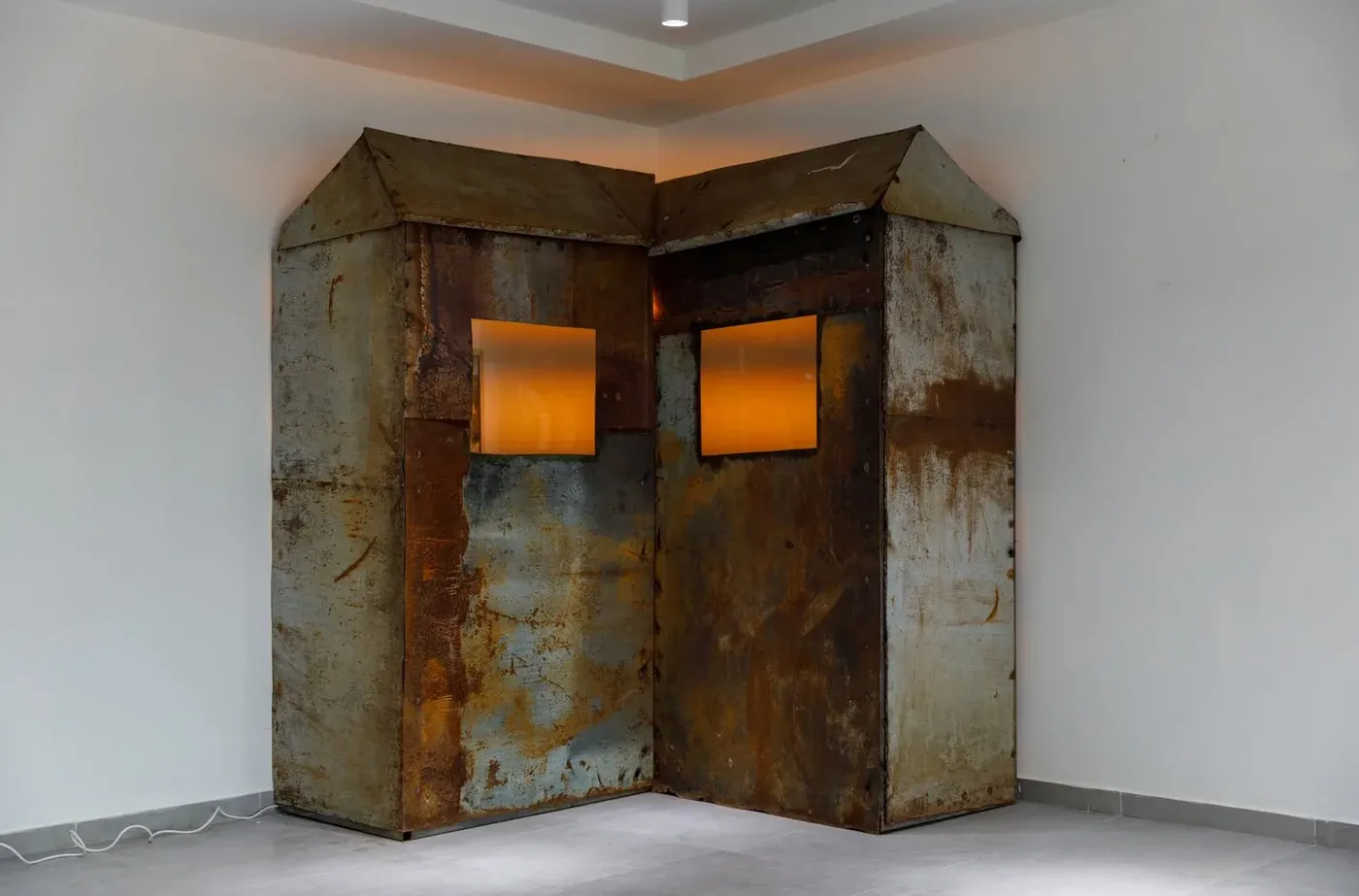
The object operates as sculpture and set: weathered sheet metal, visible seams, a modest footprint that reads as shelter and checkpoint.
Material honesty matters here.
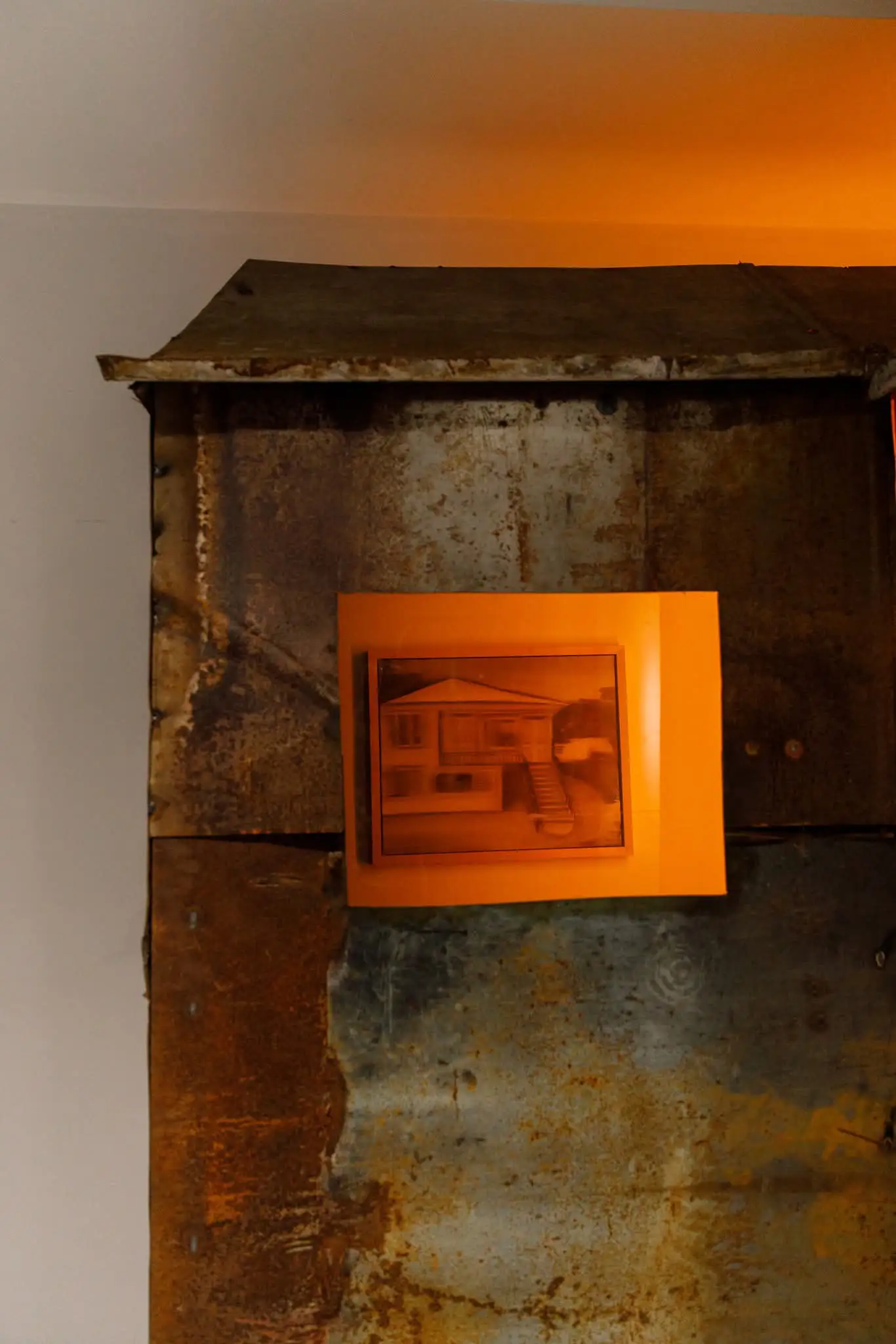
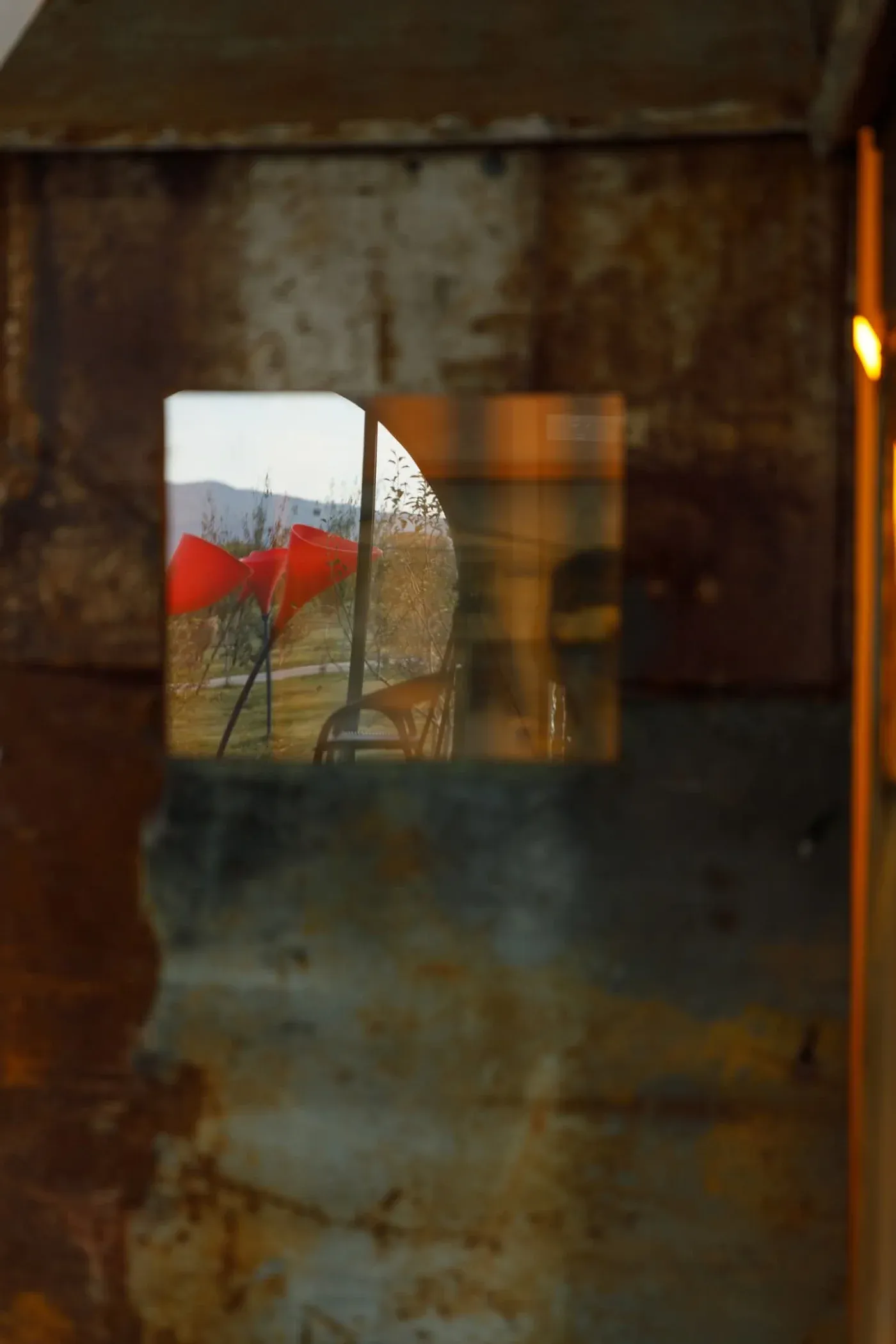
Mariam Akubardia: River of Rust-Coloured Tears. Courtesy the artist.
The corrosion is not a metaphor piled on; it is the record of use and exposure.
Placed in a white room, the work stabilizes the surrounding paintings and anchors their implied narratives.
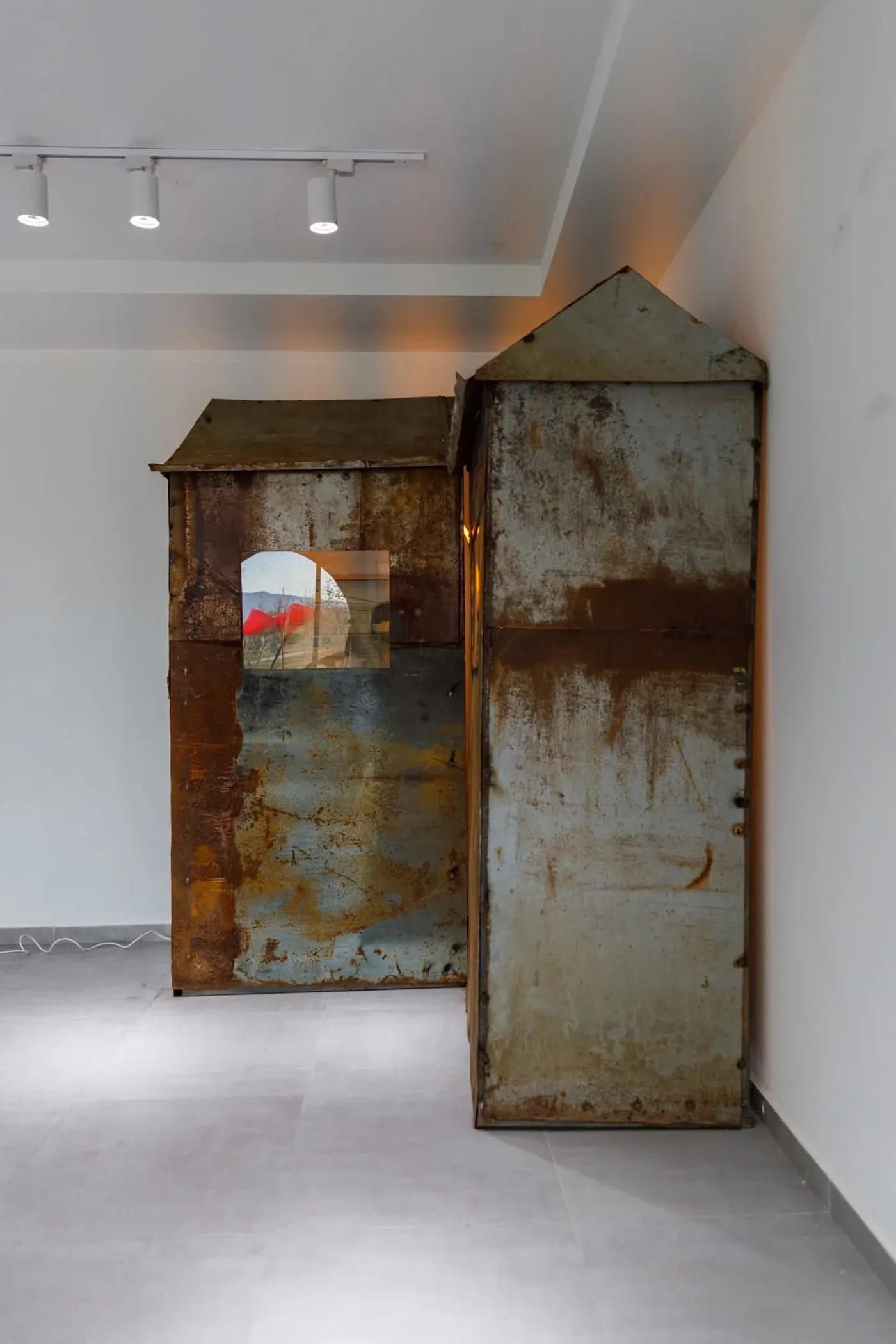
Endurance replaces spectacle. The piece holds the room and quietly regulates its temperature.
Presence Through Absence
Akubardia’s stated aim is to evoke presence through absence and to keep imagery fogged or partially obscured.
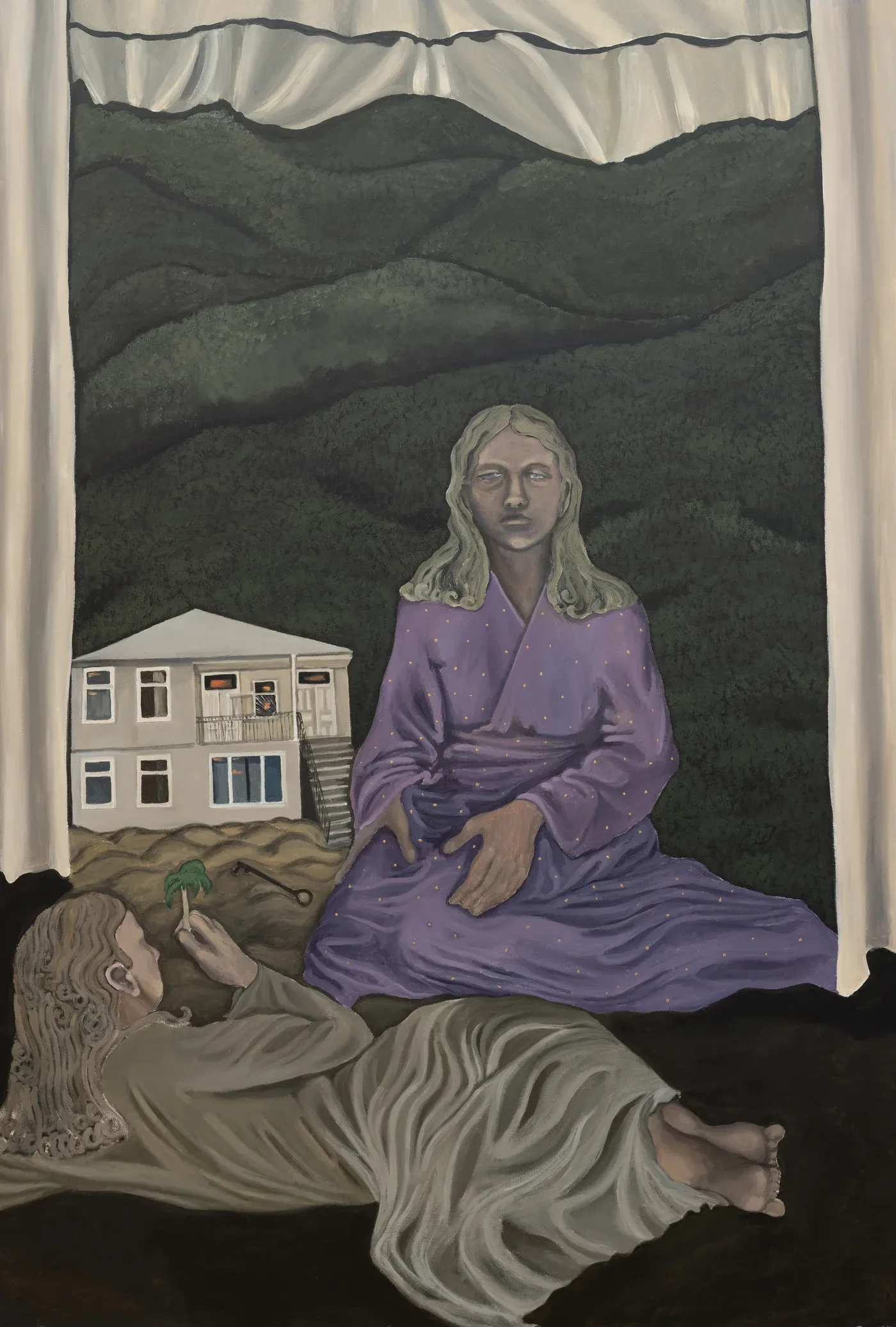
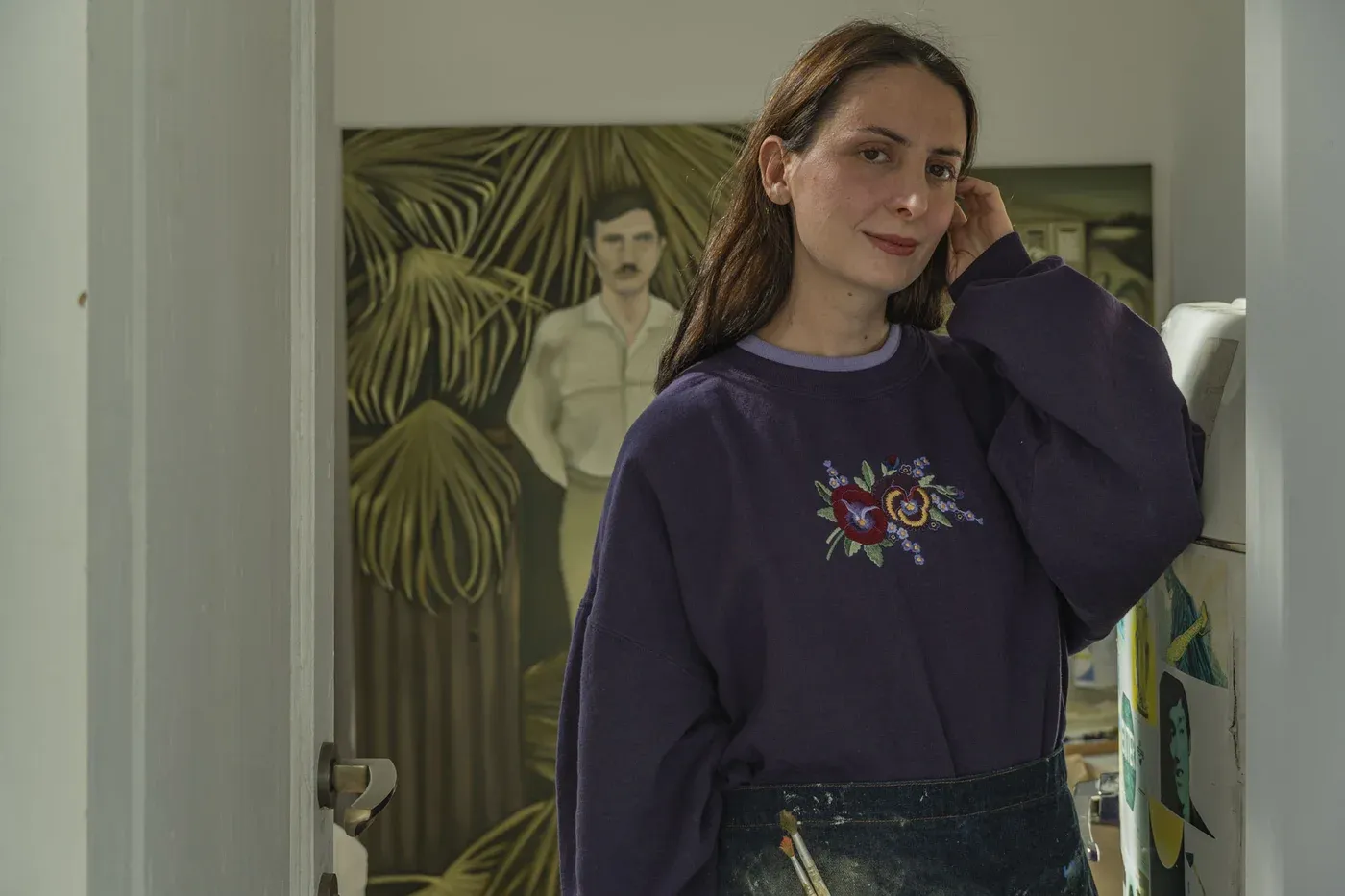
On canvas this yields figures and objects that remain readable while refusing full disclosure.
The approach respects viewers’ intelligence: the works supply conditions rather than conclusions.
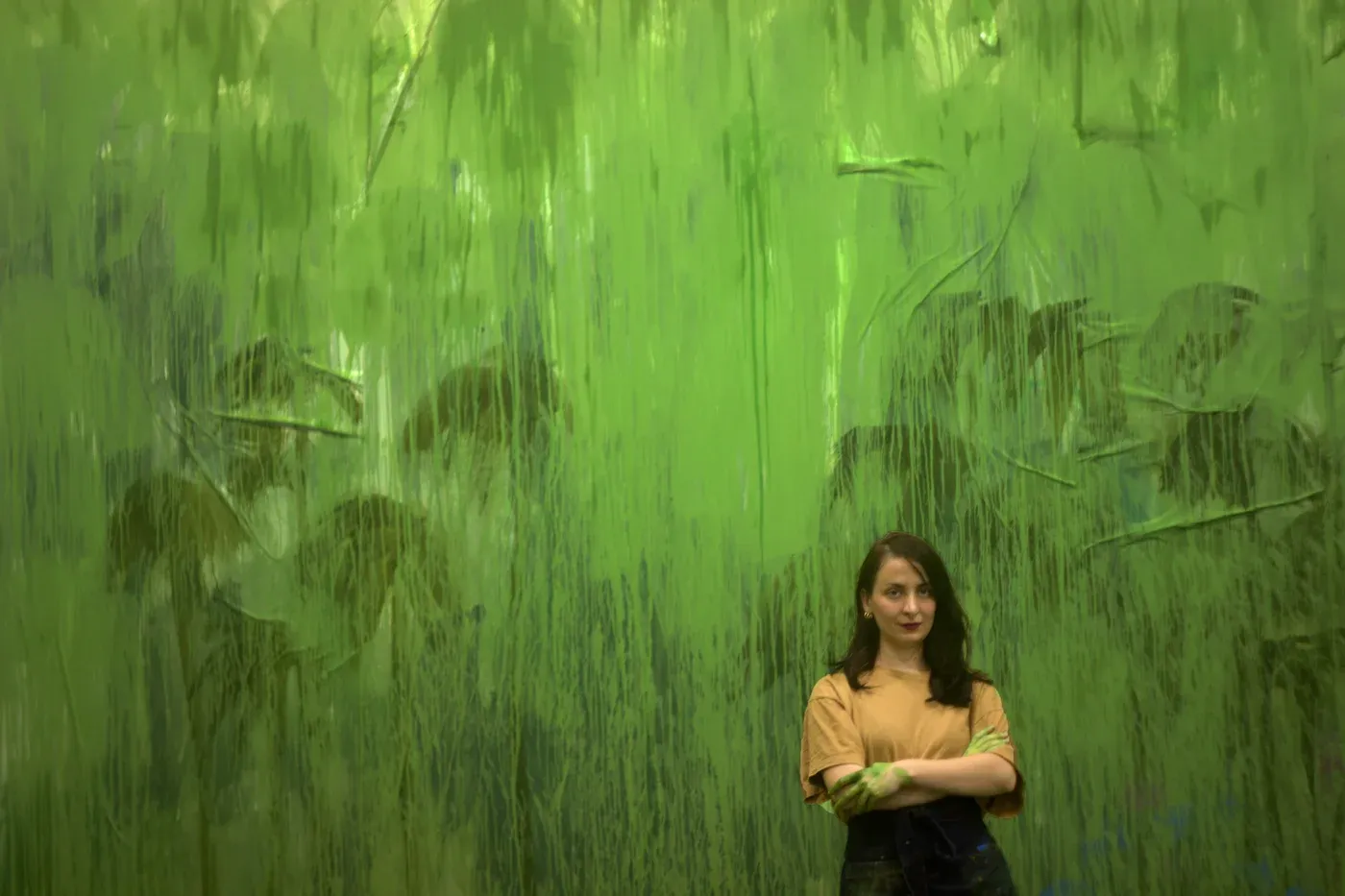
Memory functions less as flashback than as ambient pressure across the surface.
What stays is a measured tension between what is shown and what is withheld.
Tenderness as a Working Method
The practice grows from the history of displacement in Abkhazia, yet it avoids slogans and illustrative narrative.
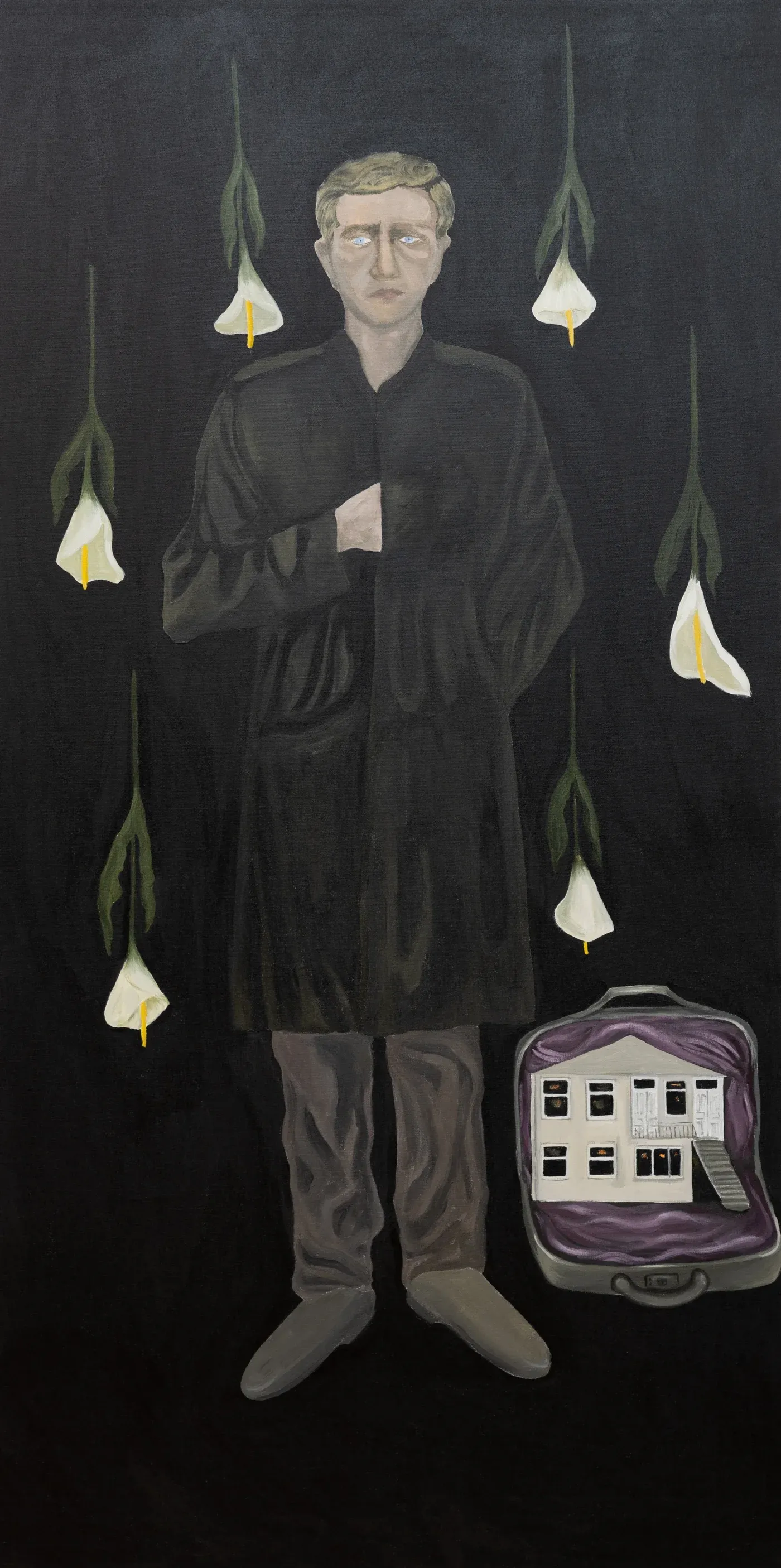
Akubardia treats care as method: patient brushwork, restrained color, and controlled light. This restraint is not neutrality. It allows grief, endurance, and attachment to appear without theatrics.
In this register, tenderness is not softening but structure.
The work remains open, giving viewers time to gather themselves inside it.
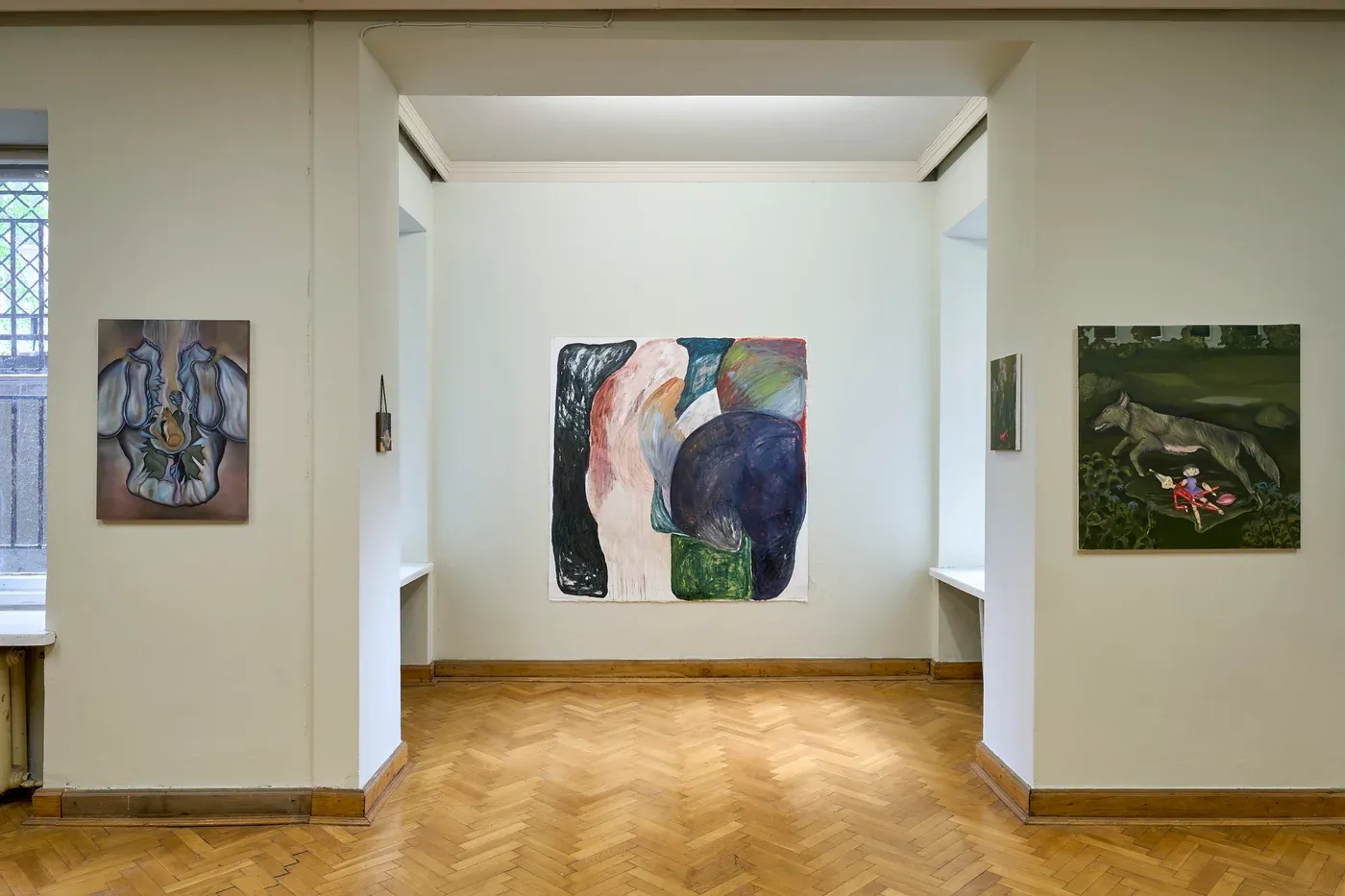
A Voice Carrying Beyond Georgia
Her trajectory spans Venice’s Personal Structures, projects and fairs in Tbilisi, Dubai, Istanbul, Agra, and Sydney, alongside recognition in Harper’s Bazaar Germany.
River of Rust-Coloured Tears was presented under the curatorship of Nino Asanidze at the Ria Keburia Foundation / Residency.
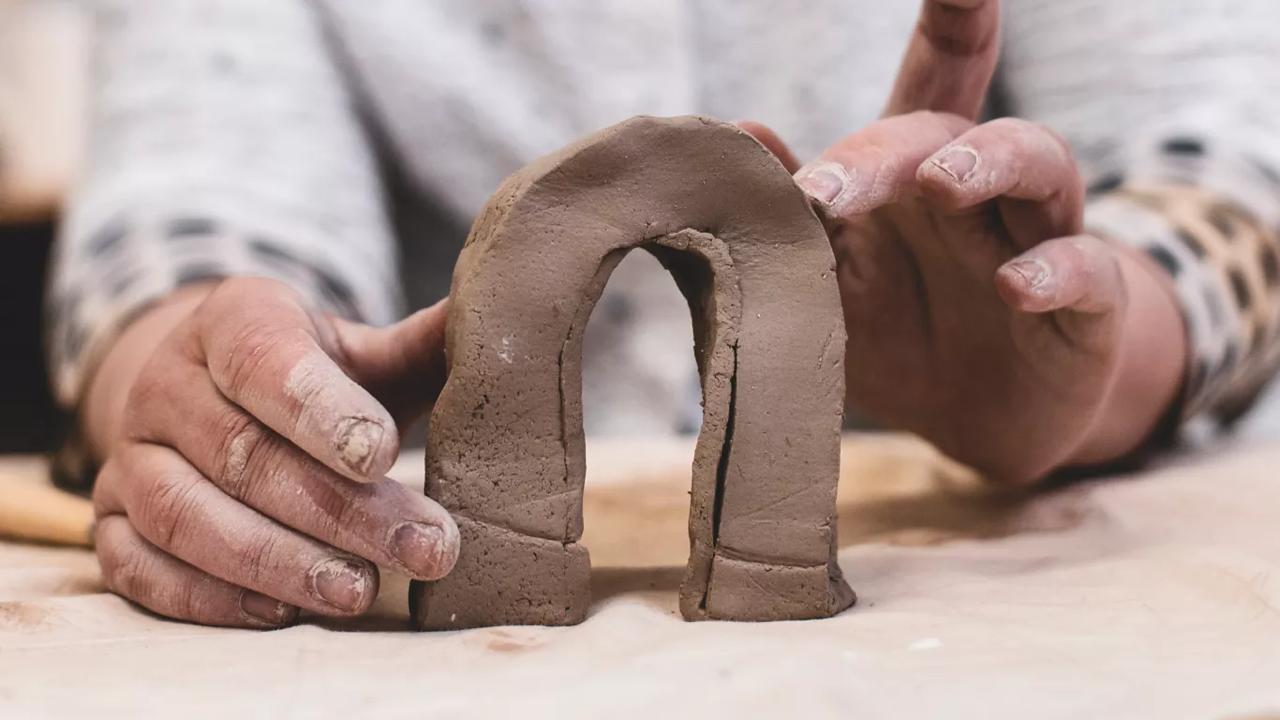
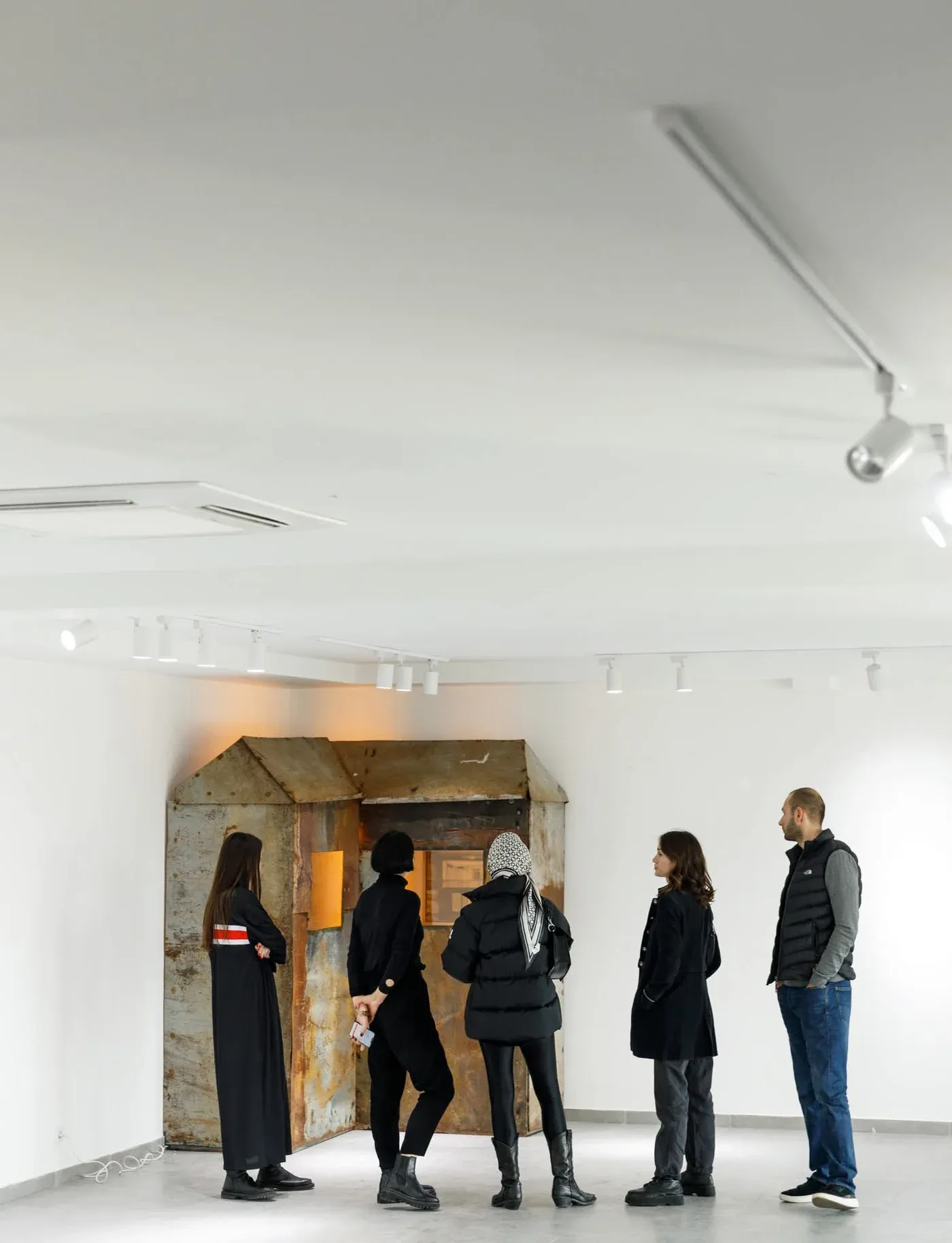
Across contexts, the question persists: how can painting house grief without consuming it, and how does nature’s persistence sit beside human loss?
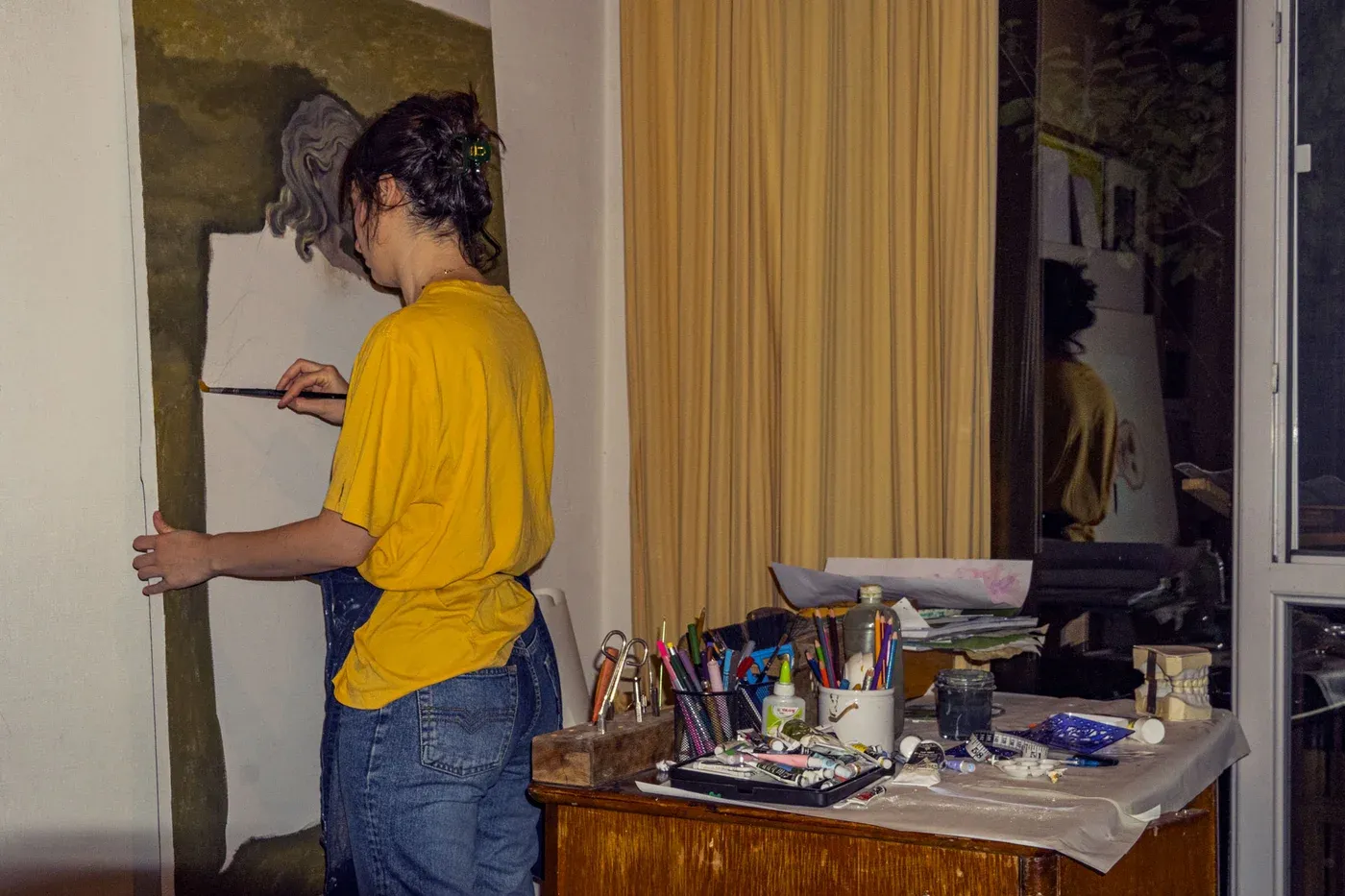
The pictures keep their distance and still hold you close.
They don’t tell you what happened; they ask what, despite everything, still lives there.
If Mariam Akubardia’s images stayed with you, keep following her practice on Instagram and share this feature with someone who cares about painting, memory, and quiet architectures
Want more reads?
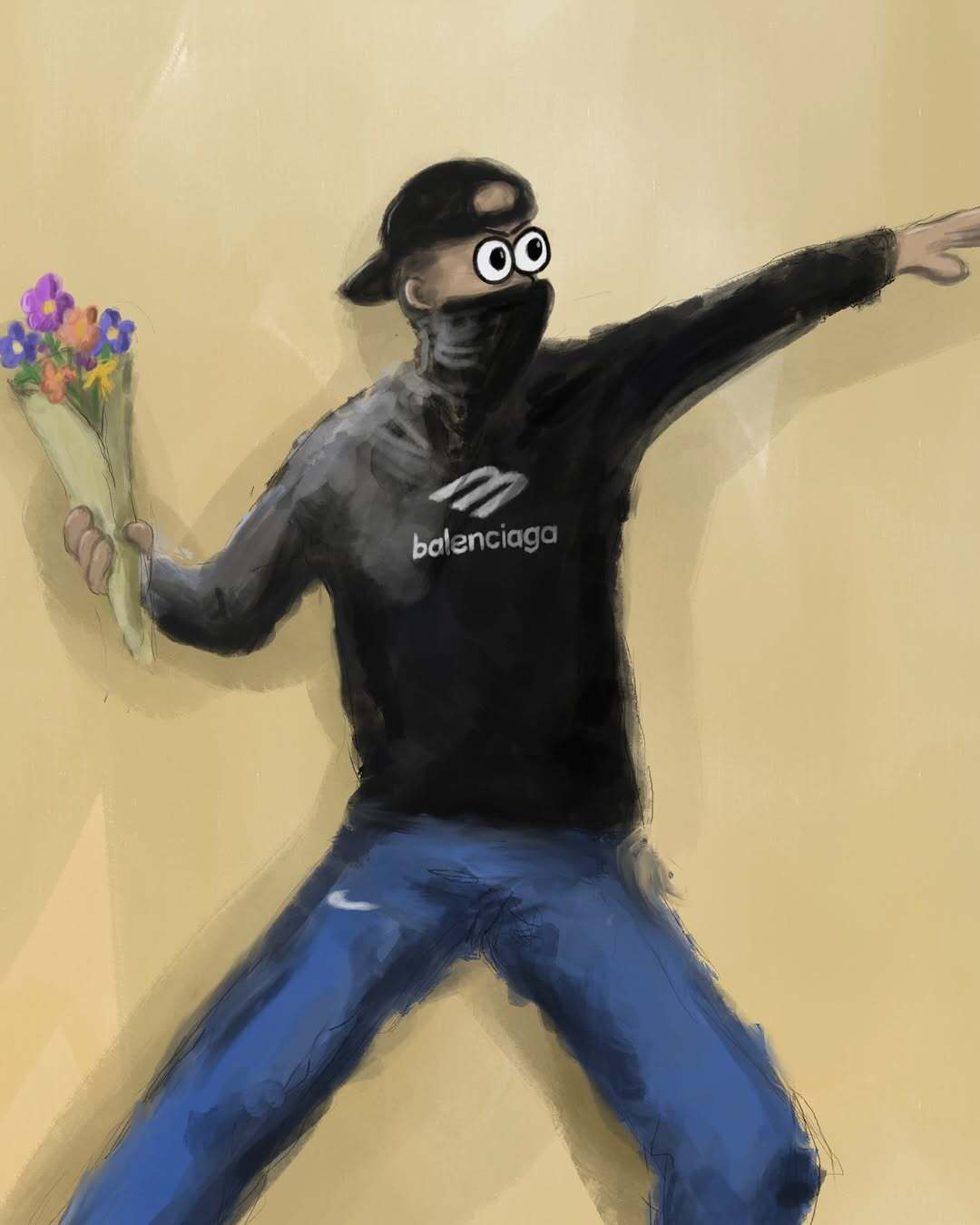
Check out Wavy Pesos feature here!
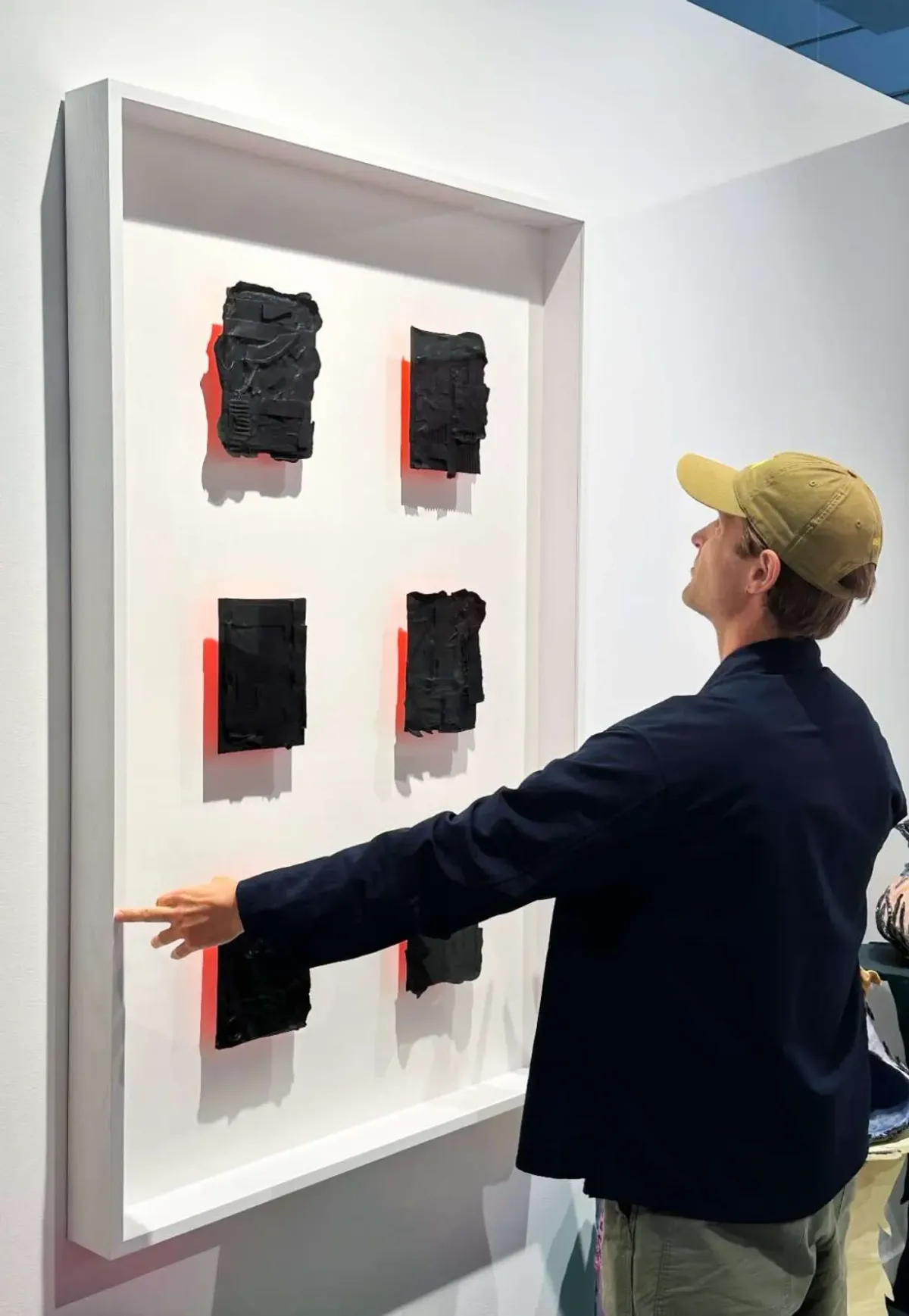
Kasper Hermann an interview by Di Franco
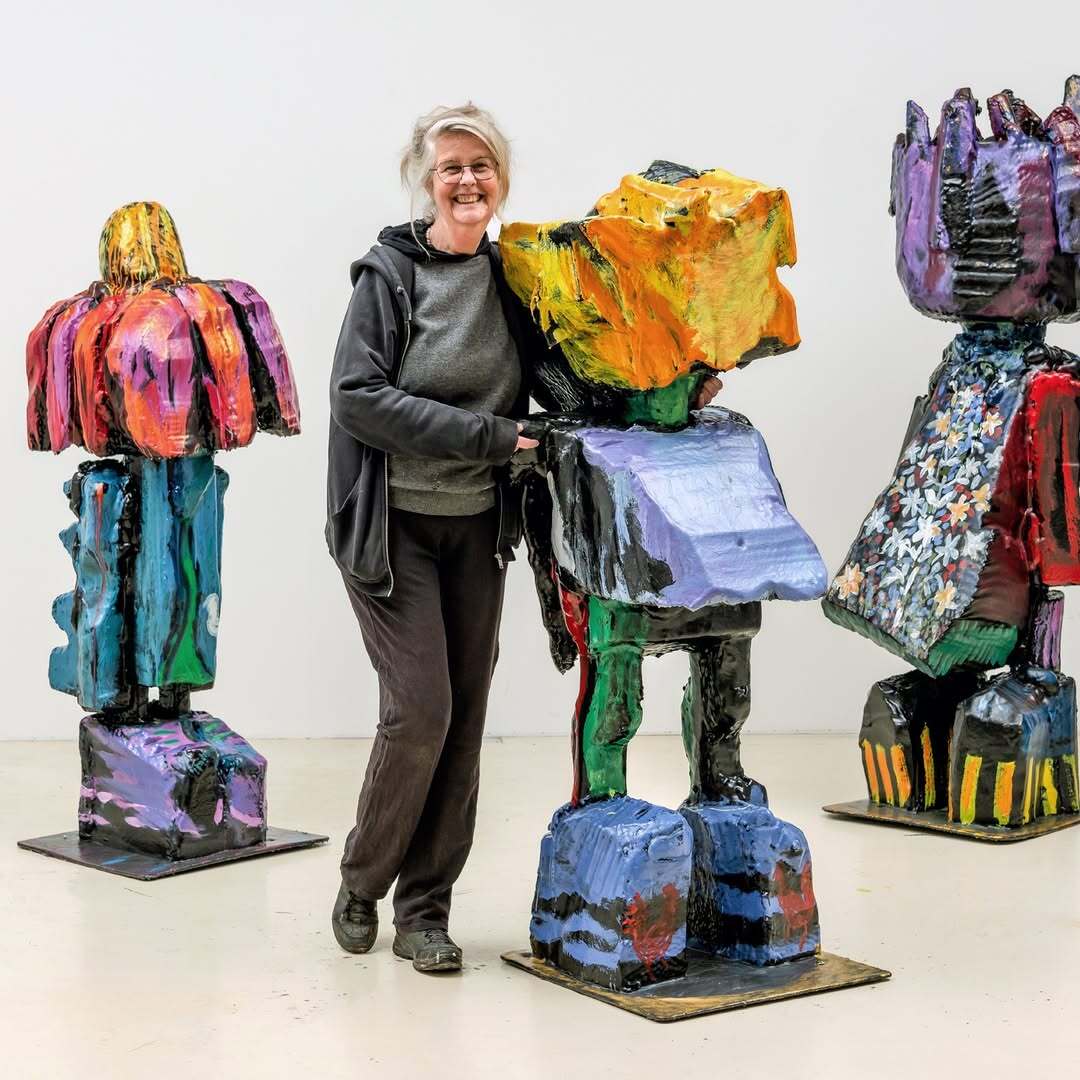
Explore Marieke and her sculptures, follow the link!

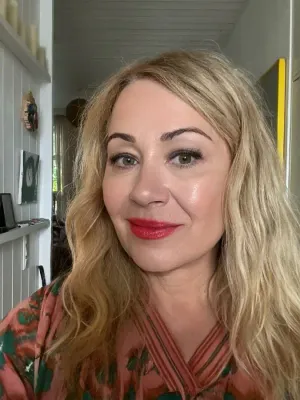
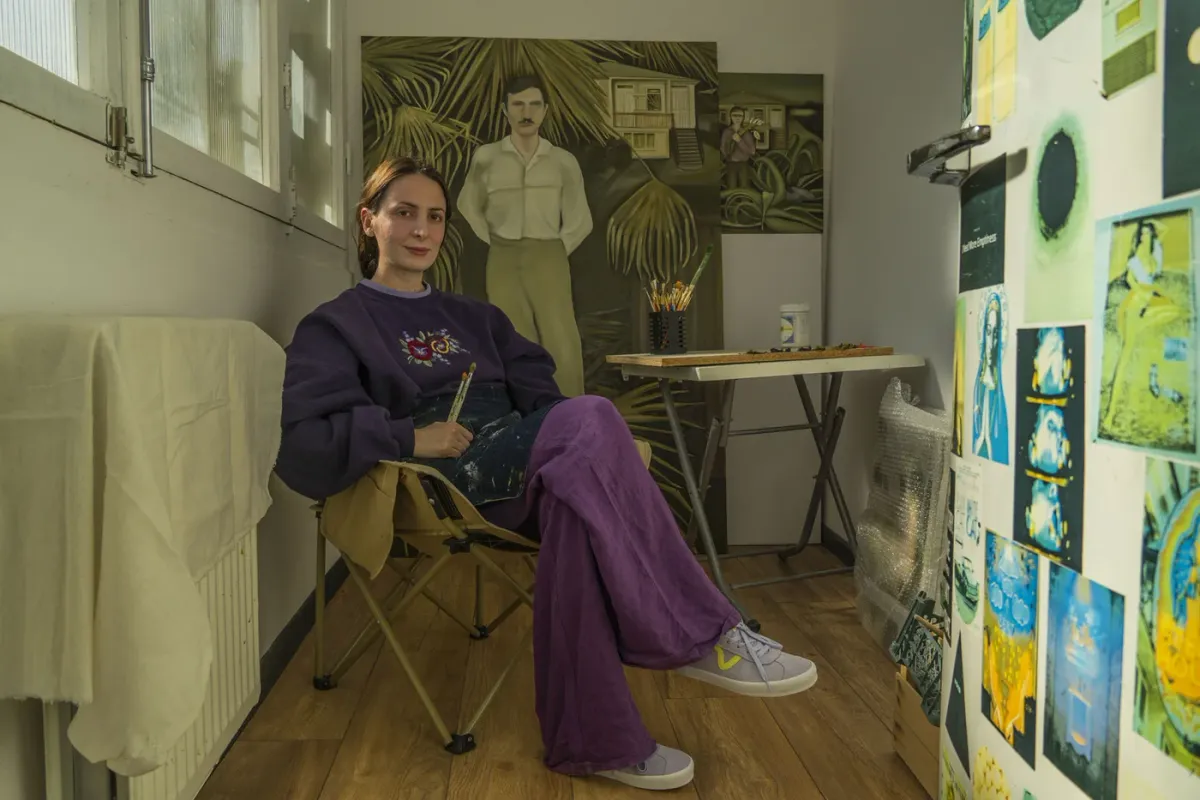




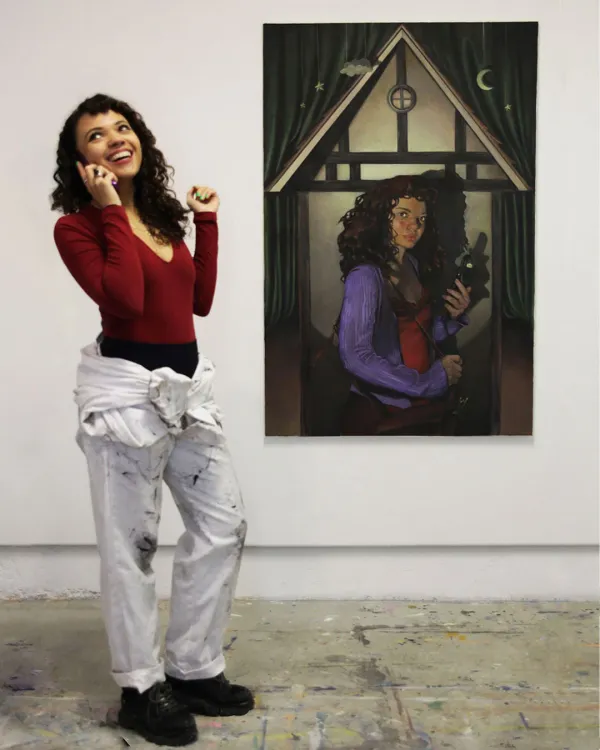
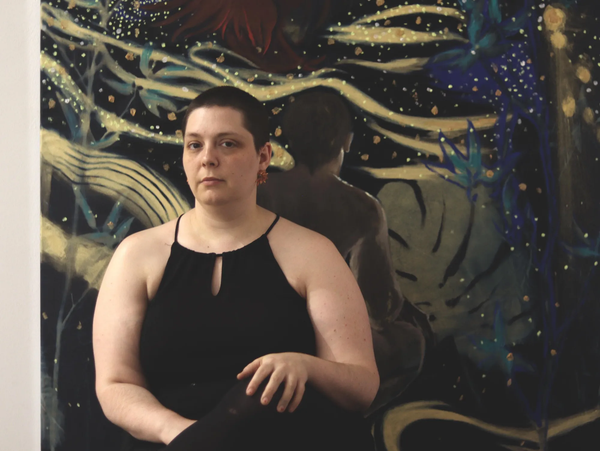
Member discussion